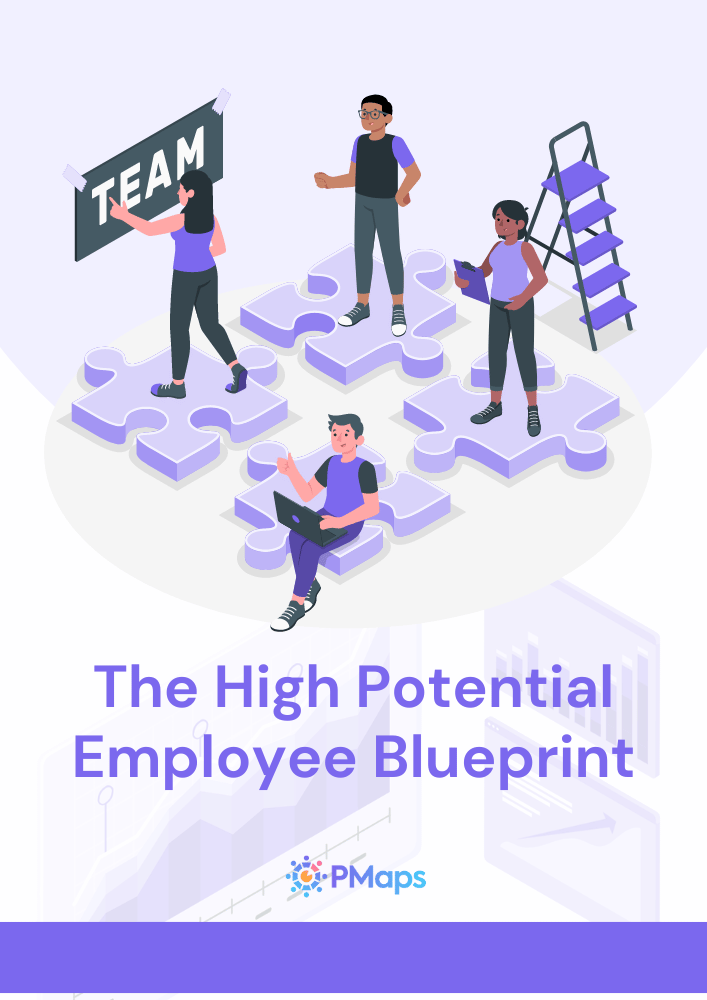
Introduction
In today's fast-changing job market, how companies evaluate job applicants is being closely examined. One part of the hiring process that needs improvement is how we judge candidates. The old-fashioned methods have their problems, like the possibility of unfairness creeping in. That's where blind assessments, like PMaps' language-neutral visual evaluations, come in as a new and just way to hire.
Traditional assessments have their drawbacks because they might unintentionally favor some candidates over others due to things like a person's name or background. Blind assessments try to eliminate these biases by focusing solely on a candidate's skills and abilities.
PMaps' approach is even more unique because it doesn't rely on language, making it fairer for everyone. It's like judging a book by its content rather than its cover. In a world where diversity and fairness are valued, these kinds of practices are becoming increasingly important to support diversity and inclusion in the workplace and ensure everyone has a fair shot at landing a job.
Traditional vs. Blind Assessments
Traditional assessments are like the usual way we judge job applicants. However, integrating psychometric tests in recruitment can mitigate these biases. This can include things like interviews and looking at resumes. These methods are good because they help us learn about the person. But, here's the catch – sometimes, they can be unfair.
Why? Because the person doing the assessment might have biases. They might unintentionally like or dislike someone based on things like their gender, where they come from, or just their personal preferences. That's not cool because it's not giving everyone a fair chance.
Now, blind assessments are a new approach. They're like a blindfold for the person doing the assessment. They focus only on what the person can do, not who they are or where they're from.
So, it's like giving everyone an equal shot at the job, like a fair race where nobody gets a head start just because of who they are. It's all about making hiring more fair and equal for everyone.
Why Are Blind Assessments on the Rise?
Now, let's dig into why blind assessments are becoming more popular:
- Enhanced Objectivity: Blind assessments are like the unbiased judges of the hiring world. They don't let personal information cloud their judgment, making the process fairer.
- Fairness for All: Blind assessments ensure that every candidate gets a level playing field. This fairness is a cornerstone of a just hiring process.
- Focusing on Skills: Instead of getting sidetracked by irrelevant details, blind assessments zero in on the skills and competencies needed for the job. This gives a more accurate picture of a candidate's abilities.
The Magic of Language-Agnostic Visual Assessments
It is true that traditional methods such as interviews and resume reviews have their merits, but they are prone to bias due to such factors as a person's gender, ethnicity, or the evaluator's preferences. This can sometimes lead to an uneven playing field in the hiring process.
In contrast, blind assessments offer a fresh approach to hiring. They're like putting on a blindfold when evaluating candidates, focusing solely on their skills and abilities, not who they are. This method aims to eliminate unfair biases and provide equal opportunities to all candidates, aligning with the values of diversity and fairness in today's world.
Language-agnostic visual assessments stand out for several reasons. Firstly, they exhibit global friendliness, functioning effectively for candidates from diverse linguistic backgrounds, which is especially beneficial for large multinational companies.
By removing language-related biases from the evaluation process, these assessments level the playing field and emphasize what candidates can do regardless of their language proficiency.
Finally, the precision of these top assessments lies in their ability to gauge candidates' visual problem-solving skills with accuracy, akin to using a precise measuring tool to find the perfect fit for a job role. This approach offers a promising way to make hiring more inclusive, fair, and precise.
How to Bring Blind Assessments into Your Hiring Process?
If you're ready to give blind assessments a try, here's a simple roadmap:
- Find Your Competencies: First things first, figure out what skills and abilities are really important for each job in your company. This means making a list of what you need in a candidate.
- Choose or Create Blind Assessments: Next, you've got to pick or make assessments that match these skills. The key here is that these assessments shouldn't reveal personal stuff about the candidates, like their name or background.
- Blend Assessments: Now, it's time to bring these blind assessments into your hiring process. They should be a big part of how you choose your new hires, working alongside the traditional interviews and evaluations you usually do. It's all about making sure you're getting the best people for the job in a fair and equal way. Now you're all Ready to give it a go!
Conclusion
Blind assessments, like PMaps' language-agnostic visual assessments, are the future of fair and effective hiring. They kick biases to the curb and put skills in the spotlight. Companies can build diverse, talented teams that drive success by adopting these assessments.
In a nutshell, blind assessments are the fair and modern way to hire. They cut through biases, focus on skills, and embrace diversity. To give your hiring process a powerful upgrade, connect with PMaps today!
Ready to see how PMaps' blind assessments can transform your hiring process and boost diversity? To explore how PMaps Visual Assessments can transform your hiring process, contact me at ssawant@pmaps.in / 8591320212
Get in touch with us today or schedule a demo.









